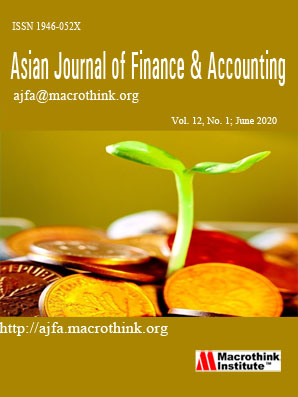Bank Failure: A New Approach to Prediction and Supervision
Abstract
Bank failures are costly to customers and the wider market. Prevention is always better than cure but in light of recent economic downturns, it has become increasingly difficult for regulators to allocate more resources towards in-depth monitoring of banking practices. In this paper, we construct a tool that is able to predict bank failures ahead of time with reasonable accuracy. Through a logistic regression on a matched sample of 536 failed and non-failed US banks, we determine the financial indicators that most accurately predicts bank failure. From the regression, we construct a Bank Health Index that assesses a bank’s propensity to failure. In-sample and out-of-sample tests show that our model is about 90% accurate two years prior to failure, and 95% accurate the year before failure. The accuracy and efficiency of the model and index provides a more efficient and effective tool for assessing a bank’s propensity to failure besides requiring far less resources. With these methods, regulators will be able to take preventive measures at least one year before failure, saving the economy millions if not billions in the process.
Submission of an article implies that the work described has not been published previously (except in the form of an abstract or as part of a published lecture or academic thesis), that it is not under consideration for publication elsewhere, that its publication is approved by all authors and tacitly or explicitly by the responsible authorities where the work was carried out, and that, if accepted, will not be published elsewhere in the same form, in English or in any other language, without the written consent of the Publisher. The Editors reserve the right to edit or otherwise alter all contributions, but authors will receive proofs for approval before publication.
Copyrights for articles published in MTI journals are retained by the authors, with first publication rights granted to the journal. The journal/publisher is not responsible for subsequent uses of the work. It is the author's responsibility to bring an infringement action if so desired by the author.








